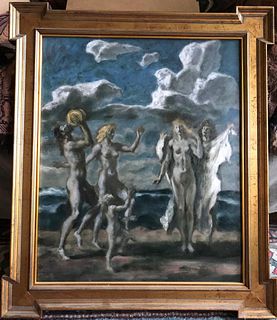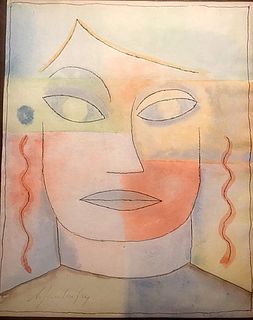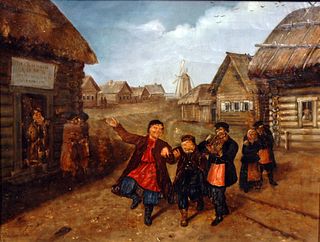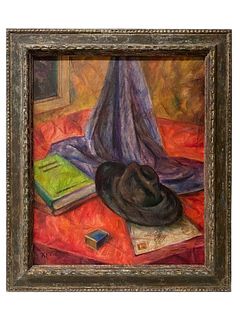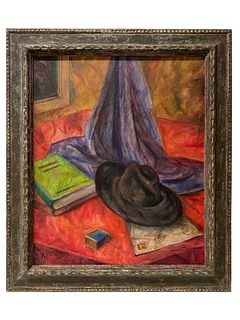5056 Results
Sort by
-
 Estimate$1,000 - $2,000
Estimate$1,000 - $2,000 -
 Estimate$6,000 - $8,000
Estimate$6,000 - $8,000 -
 Estimate$3,000 - $5,000
Estimate$3,000 - $5,000 -
 Estimate$900 - $2,000
Estimate$900 - $2,000 -
 Estimate$2,000 - $2,500
Estimate$2,000 - $2,500 -
 Estimate$1,500 - $2,500
Estimate$1,500 - $2,500 -
 Estimate$10 - $200
Estimate$10 - $200 -
 Estimate$200 - $400
Estimate$200 - $400 -
 Estimate$4,000 - $5,000
Estimate$4,000 - $5,000 -
 Estimate$3,000 - $4,000
Estimate$3,000 - $4,000 -
 Estimate$500 - $800
Estimate$500 - $800 -
 Estimate$150 - $200
Estimate$150 - $200 -
 Estimate$600 - $800
Estimate$600 - $800 -
 Estimate$400 - $800
Estimate$400 - $800 -
 Estimate$1,000 - $1,500
Estimate$1,000 - $1,500 -
 Estimate$800 - $1,200
Estimate$800 - $1,200 -
 Estimate$800 - $1,200
Estimate$800 - $1,200 -
 Estimate$600 - $800
Estimate$600 - $800 -
 Estimate$600 - $800
Estimate$600 - $800 -
 Estimate$200 - $400
Estimate$200 - $400 -
 Estimate$600 - $800
Estimate$600 - $800 -
 Estimate$1,500 - $2,500
Estimate$1,500 - $2,500 -
 Estimate$700 - $1,000
Estimate$700 - $1,000 -
 Estimate$800 - $1,200
Estimate$800 - $1,200 -
 Estimate$700 - $1,000
Estimate$700 - $1,000 -
 Estimate$1,200 - $1,800
Estimate$1,200 - $1,800 -
 Estimate$800 - $1,000
Estimate$800 - $1,000 -
 Estimate$1,500 - $2,000
Estimate$1,500 - $2,000 -
 Estimate$250 - $500
Estimate$250 - $500 -
 Estimate$1,500 - $2,500
Estimate$1,500 - $2,500Marc Chagall (French/Russian, 1887-1985) Etching with D...
Est.$1,500 - $2,5007 BidsSold for$2,500 -
 Estimate$1,500 - $2,500
Estimate$1,500 - $2,500 -
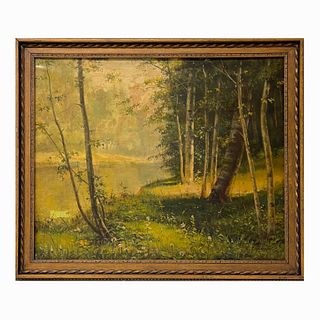 Estimate$1,200 - $1,800
Estimate$1,200 - $1,800 -
 Estimate$3,000 - $5,000
Estimate$3,000 - $5,000



 EUR
EUR CAD
CAD AUD
AUD GBP
GBP MXN
MXN HKD
HKD CNY
CNY MYR
MYR SEK
SEK SGD
SGD CHF
CHF THB
THB Live Auction in Progress
Live Auction in Progress